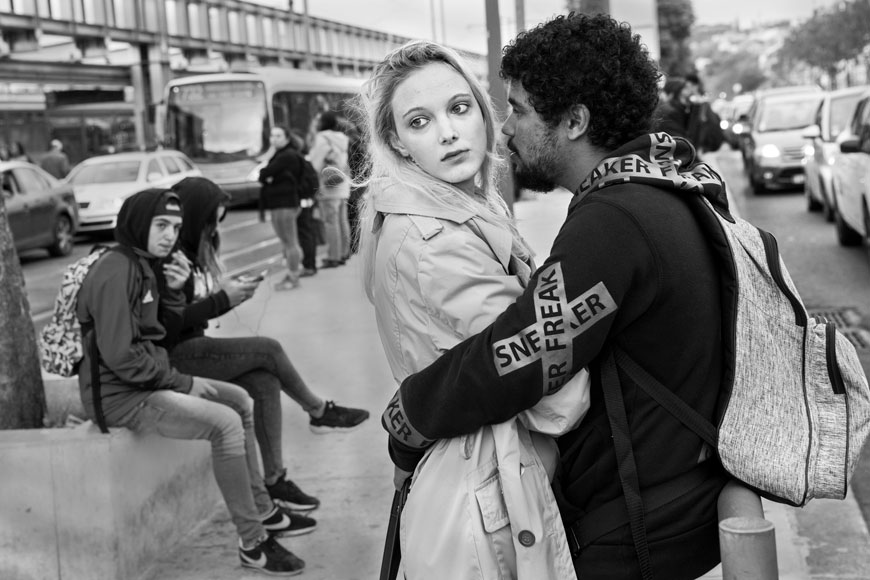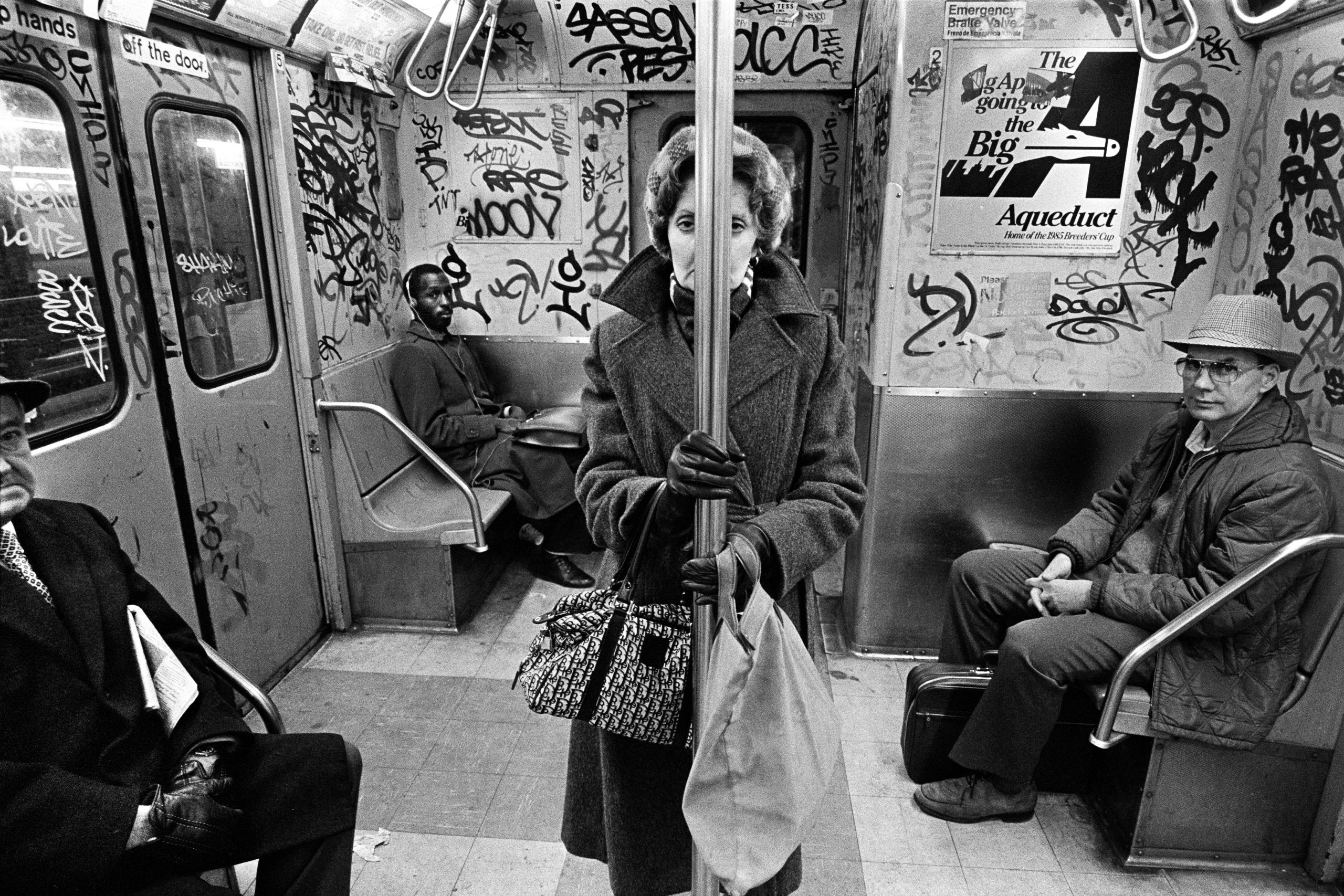Street Photographers Can Be Fun For Everyone
Street Photographers for Dummies
Table of ContentsStreet Photographers for DummiesThe Best Guide To Street PhotographersStreet Photographers for DummiesStreet Photographers for DummiesSome Ideas on Street Photographers You Should Know
Road photographers do not always have a social purpose in mind, however they prefer to isolate and record moments which could otherwise go unnoticed.Though he was influenced by a number of those that influenced the road digital photographers of the 1950s and '60s, he was not mainly curious about recording the spirit of the street. The impulse to aesthetically document people in public started with 19th-century painters such as Edgar Degas, douard Manet, and Henri de Toulouse-Lautrec, that functioned side by side with photographers attempting to catch the significance of urban life.
Since of the fairly primitive technology available to him and the long exposure time required, he had a hard time to catch the pressure of the Paris roads. He tried out with a collection of photo approaches, trying to discover one that would certainly enable him to catch motion without a blur, and he discovered some success with the calotype, patented in 1841 by William Henry Fox Talbot. While the photographers' topic was essentially the same, the results were markedly various, demonstrating the impact of the photographer's intent on the personality of the pictures he produced.
The 10-Minute Rule for Street Photographers
Provided the great quality of his pictures and the breadth of material, designers and musicians frequently bought Atget's prints to utilize as reference for their very own job, though commercial rate of interests were hardly his primary inspiration. Instead, he was driven to photograph every last remnant of the Paris he liked. The mingled passion and seriousness of his goal shine through, leading to pictures that narrate his very own experience of the city, top qualities that anticipated street digital photography of the 20th century.

Unlike his peers, Brassa made use of a larger-format Voigtlnder camera with a much longer direct exposure time, requiring him to be extra calculated and thoughtful in his method than he could have been if using a Leica. (It is believed that he might not have been able to manage a Leica at that time, however he did, nonetheless, use one look at this now in the late 1950s to take colour pictures.) Brassa's photos of the Paris abyss illuminated by fabricated light were a discovery, and the compilation of the series that he released, (1933 ), was a significant success.

The Buzz on Street Photographers
It is as a result of this essential understanding of the art of picture taking that he is frequently credited with finding the medium throughout once again about a century since its creation. He took photographs for even more than a half century and influenced generations of digital photographers to trust their eye and intuition in the moment.
These are the questions I will attempt to answer: And then I'll leave you with my very own meaning of street digital photography. Yes, we do. Let's kick off with specifying what a definition is: According to it is: "The act of specifying, or of making something precise, distinctive, or clear".
No, certainly not. The term is both restricting and deceiving. Sounds like a street digital photography must be pictures of a streets right?! And all road digital photographers, with the exception of a handful of absolute newbies, will totally value that a road is not the vital component to road digital photography, and really if it's an image of a road with perhaps a few monotonous people doing nothing of interest, that's not road digital photography that's a photo of a road.
Not known Incorrect Statements About Street Photographers
He makes a valid point don't you believe? Nonetheless, while I concur with him I'm not sure "honest public photography" will certainly capture on (although I do sort of like the term "honest digital photography") since "road digital photography" has actually been around for a long period of time, with several masters' names connected to it, so I think their explanation the term is right here to stay.
Inside?! I hear you yell as you tremble your clenched fist to the skies. Why not? You can contend the beach, at a celebration, in an alley, in a park, in a piazza, in a coffee shop, at a gallery or art gallery, in a metro station, at an occasion, on a bridge, under a bridge ...
Yes, I'm scared we have no choice! Without regulations we can not have a meaning, and without a definition we do not have a genre, and without a category we don't have anything to specify what we do, therefore check my blog we are stuck in a "regulations meaning genre" loop! And no-one desires to get embeded a loop. - Street Photographers
